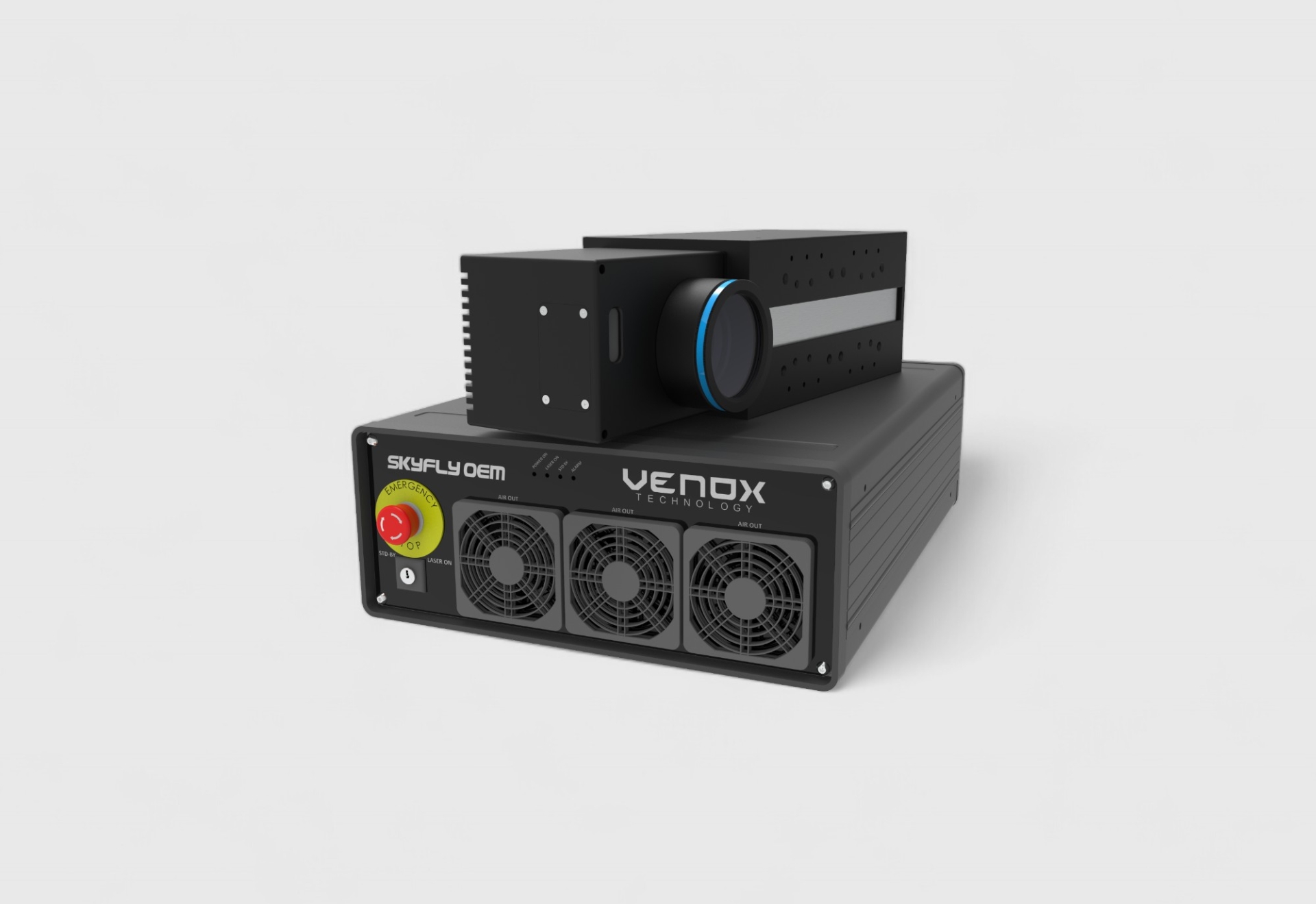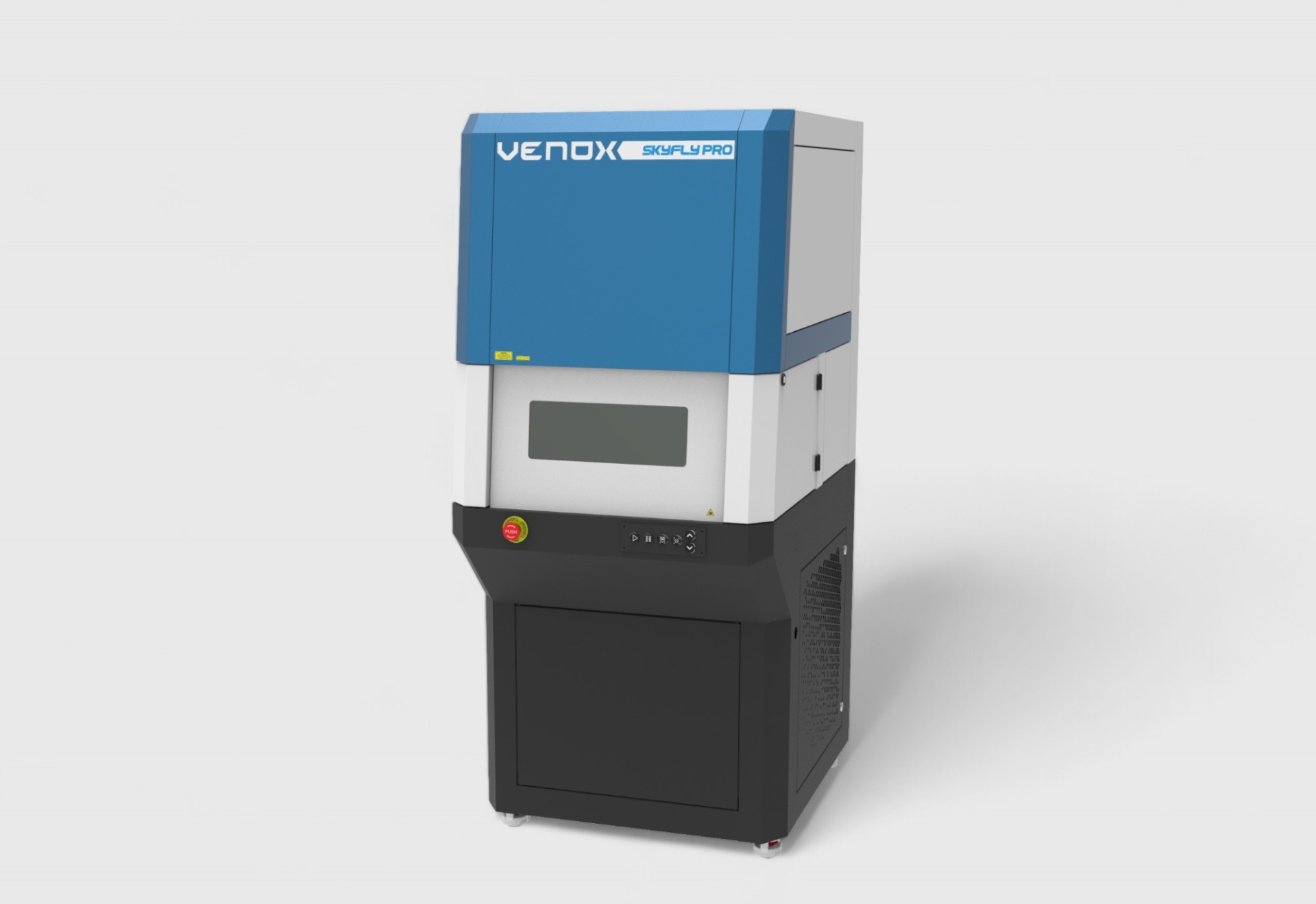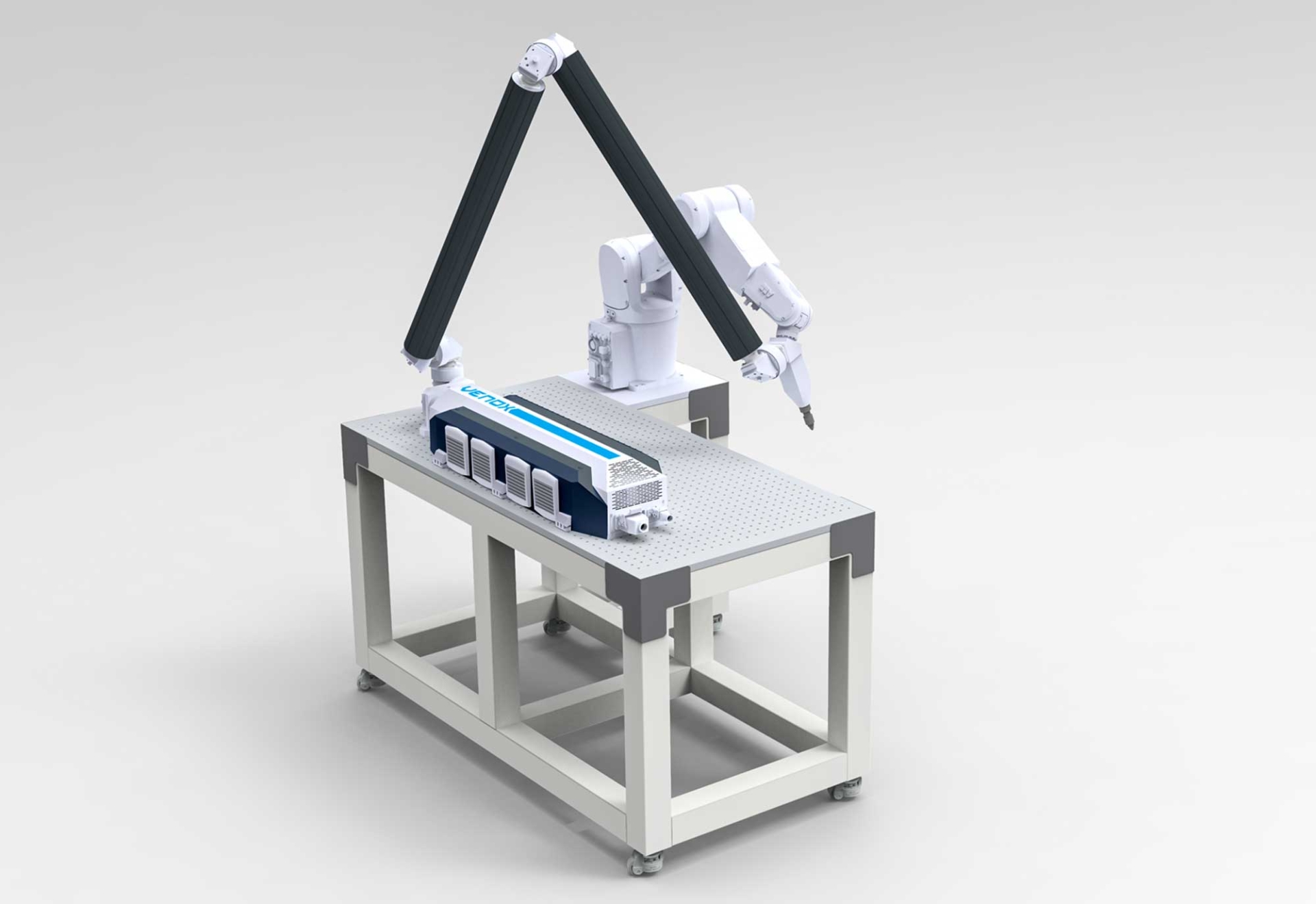7 Technical Features to Consider When Purchasing Laser Marking Machines
Laser marking machines have become critical in today’s industry to meet traceability, quality control and mass production requirements. However, choosing the right laser marking machine is not just about comparing prices; it is crucial that the technical features are compatible with your production process. In this article, we examine in detail 7 key technical features that you should definitely evaluate before purchasing a laser marking machine.
Type of Laser Source and Its Suitability for Your Production Needs
The laser source used in laser marking systems directly determines which materials the machine can process, as well as the marking quality and speed. Therefore, the first criterion to consider is whether the laser type is compatible with the needs of your production line.
Fiber Laser
This is the laser type that offers the highest performance on metal surfaces. It provides high-contrast and permanent marking on metals such as stainless steel, aluminum, copper and titanium. It is the most widely used technology in industrial automotive, defense, mold-making and medical sectors.
CO₂ Laser
It offers high performance on organic and semi-organic materials (wood, leather, cardboard, glass, acrylic, fabric, etc.). Its effect on metal surfaces, however, is weak. If your production line focuses on packaging, wood or advertising applications, a CO₂ laser may be a suitable option.
UV Laser
This is the most precise marking method used on plastics, glass, silicone and medical devices that are highly sensitive to heat. It operates with powers between 3W and 10W, and since it can perform “cold marking”, it does not burn the surface or cause melting.
Core Technical Parameters That Determine Machine Performance
In addition to choosing the right laser type, it is also very important to examine the technical parameters that determine the machine’s performance. These parameters have a direct impact on production speed, marking quality, energy efficiency and long-term operating costs.
Laser Power (W) and Production Speed
Laser power determines the beam intensity of the machine. In general:
- 20W laser – shallow marking and plastic applications
- 30W laser – standard applications on metal surfaces
- 50W – 60W laser – deep engraving and fast mass production
- Systems above 100W – heavy industrial engraving
Scanning Head (Galvo) Speed
In laser marking machines, galvo motors steer the beam along the X-Y axes. A high galvo speed:
- Reduces marking time in mass production
- Increases performance in high-volume jobs
- Ensures sharper processing of complex logos
Marking Area and Lens Selection
The laser marking area is usually offered with options such as 100×100 mm, 150×150 mm or 300×300 mm. However, as the marking area increases, the resolution may decrease. Therefore:
- Small and precise jobs → 100×100 mm lens
- Medium-sized surfaces → 150×150 mm lens
- Large workpieces → 300×300 mm lens
Software Compatibility and Format Support
The laser marking software is one of the most critical elements determining production speed and ease of use. Modern software should support the following formats:
- DXF, AI, SVG (vector drawings)
- PNG, JPG, BMP (raster images)
- QR code, DataMatrix, serial number generation
- Automatic lot/batch integration
Cooling System for Longer Service Life
There are two types of cooling systems in laser marking machines:
- Air cooling: Compact designs that require little or no maintenance
- Water cooling: Preferred for high-power laser systems
Automation and Production Line Integration
Laser marking systems must be compatible with automation structures in modern production lines. Therefore, it is important that the machine offers features such as:
- Conveyor integration
- Sensor trigger support
- PLC compatibility
- Ethernet or serial port connection
Safety Levels and Certifications
Since laser machines contain high energy, the safety class is a critical factor. When purchasing, you should check:
- Laser class (Class 1 or Class 4)
- CE certification
- Protective goggles and enclosure options
- EMC and electrical safety certificates
Conclusion: Choosing the Right Laser Marking Machine
When investing in a laser marking system, price should not be the only criterion. Your type of production, materials, daily/monthly workload and automation needs determine which laser you should choose. With the right laser source, sufficient power, a fast galvo system, proper lens selection and a robust software infrastructure, you can significantly increase the efficiency of your operation.







